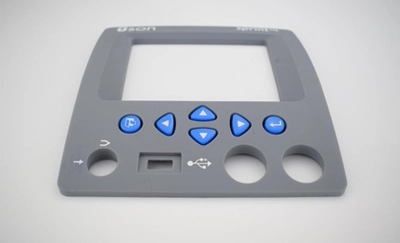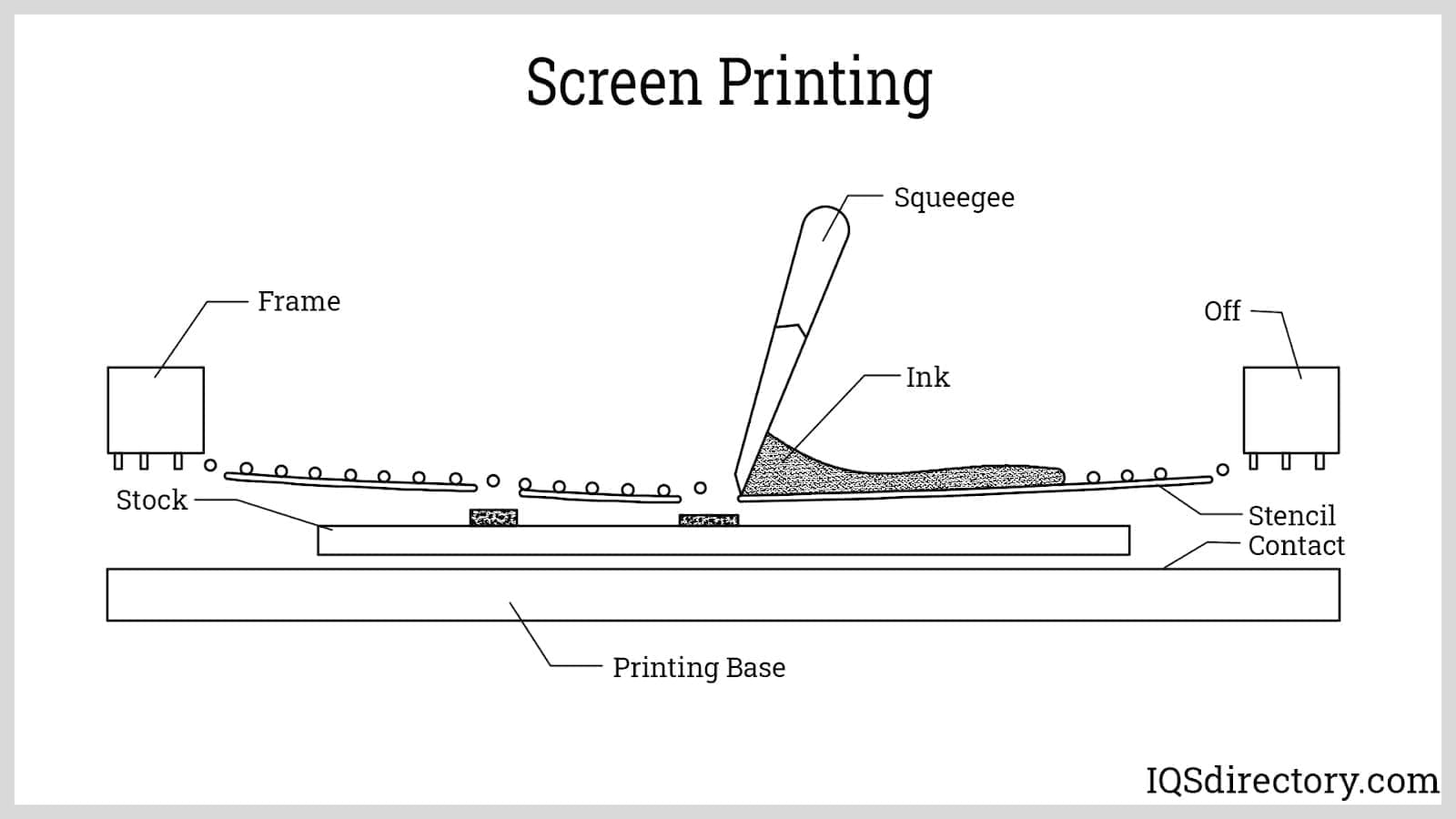What makes membrane switch a popular choice in automotive dashboards?
Wiki Article
Comprehending the Importance of Membrane Switch in Modern Electronic Devices
Membrane layer buttons are integral components in modern-day digital gadgets. They offer a blend of capability and style that boosts user communication. Their long lasting and lightweight nature makes them appropriate for numerous applications. As sectors progress, the need for modification and advanced attributes expands. Recognizing exactly how membrane changes add to development discloses their value fit the future of electronic devices. What lies in advance for this innovation?The Basics of Membrane Layer Switch Over Innovation
Commonly forgotten, membrane button technology plays an important role in the modern electronic devices landscape. These gadgets, made up of numerous layers, offer as customer interfaces for various digital items, ranging from home home appliances to medical equipment. A common membrane button includes a visuals overlay, a spacer layer, and a circuit layer, which are diligently constructed to produce a practical interface.When pressure is used to the overlay, the circuit layer is completed, permitting signals to be sent to the device. This modern technology is known for its versatility, enabling customization in shape, style, and functionality to satisfy particular user requirements. Furthermore, membrane switches are light-weight and thin, making them suitable for applications where space is a costs. Their longevity and resistance to ecological elements even more boost their charm, ensuring they can endure harsh conditions while maintaining functionality. Generally, membrane button modern technology is important to producing effective and user-friendly digital gadgets
Secret Benefits of Membrane Changes
Membrane layer switches offer several essential benefits that make them a recommended choice in numerous electronic applications. Their style enables a compact type aspect, allowing suppliers to produce streamlined and light-weight gadgets. Furthermore, membrane buttons are resistant to dirt, dampness, and chemicals, which improves their longevity and long life in requiring environments. The tactile comments offered by these buttons can boost customer experience, making them easy and user-friendly to operate.Furthermore, membrane switches can be personalized with diverse graphics and shades, permitting unique branding opportunities. The manufacturing process is typically affordable, particularly for high-volume manufacturing, as it decreases assembly time and streamlines design. Membrane switches call for minimal maintenance, contributing to lower general functional prices. These benefits highlight their expanding appeal in modern electronic devices, where dependability and easy to use interfaces are important.
Applications Throughout Different Industries
The adaptability of membrane switches over enables their widespread fostering across numerous industries. In the medical area, they are typically used in diagnostic equipment and individual monitoring systems, offering a sturdy interface resistant to pollutants. The automotive sector uses membrane buttons for dashboard controls, enhancing user experience with streamlined designs that endure severe conditions. In customer electronic devices, they function as control panels for gadgets such as microwaves and coffee manufacturers, offering a straightforward interface that is easy to tidy. The aerospace industry uses membrane buttons in cockpit controls, where dependability and room performance are critical. In addition, the industrial industry leverages these switches in machinery and control systems to ensure robust procedure sought after settings. This wide variety of applications highlights the flexibility of membrane layer buttons, making them integral elements in improving functionality and individual communication throughout varied technological landscapes.Modification and Layout Flexibility

Future Trends in Membrane Switch Over Development
Emerging patterns in membrane layer switch advancement suggest an expanding focus on enhanced capability and combination with wise modern technologies. As customer need for more innovative electronic gadgets boosts, producers are concentrating on creating membrane switches over that not only offer fundamental operational roles yet also include functions like touch level of sensitivity, backlighting, and haptic feedback.Furthermore, improvements in materials are expected to improve sturdiness and environmental resistance, making membrane layer changes suitable for diverse applications in industries such as medical care, automotive, and customer electronics. The assimilation of capacitive touch modern technology is most likely to end up being much more common, permitting for sleeker layouts and improved user interfaces. membrane switch.Additionally, the increase of the Web of Things (IoT) is motivating the advancement of membrane layer switches over that can communicate wirelessly with other gadgets, improving interconnectivity. Generally, the future of membrane layer button innovation shows up promising, driven by innovation and the search of straightforward optionsRegularly Asked Questions
How Do Membrane Switches Over Compare to Conventional Mechanical Buttons?
Membrane switches, being extra space-efficient and using a sleek layout, comparison with traditional mechanical browse this site buttons that offer responsive responses. The former often include customizable graphics, while the latter normally ensure longevity and integrity in different applications.What Materials Are Commonly Made Use Of in Membrane Change Manufacturing?
Membrane layer buttons are normally created making use of materials such as polyester, polycarbonate, and published conductive inks. These products give resilience, versatility, and responsiveness, making them appropriate for various applications in digital gadgets and customer interfaces.Can Membrane Layer Switches Over Be Fixed or Recycled?
Membrane layer switches can frequently be fixed, particularly if small concerns arise, such as glue failure or surface damage. Nonetheless, complete reuse is typically limited because of use and prospective deterioration of materials over time.
How Do Ecological Elements Impact Membrane Layer Switch Over Performance?
Ecological variables, such as exposure, humidity, and temperature level to chemicals, considerably affect membrane switch performance. Severe problems can bring about degradation, influencing responsiveness and long life, eventually compromising the capability of the device in different applications.What Is the Normal Life-span of a Membrane Switch over?
The common life-span of a membrane button typically varies from 1 to 5 million actuations, depending on factors such as use regularity, environmental problems, and the products utilized in production, impacting durability and efficiency durability. A common membrane layer button consists of a graphic overlay, a spacer layer, and a circuit layer, which are carefully click here to find out more constructed to create a practical interface - membrane switch.When pressure is used to the overlay, the circuit layer is finished, allowing signals to be transmitted to the tool. The tactile feedback supplied by these buttons can enhance user experience, making them simple and instinctive to operate.Furthermore, membrane switches can be customized with varied graphics and shades, allowing for unique branding chances. As customer need for more sophisticated digital tools rises, manufacturers are concentrating on creating membrane changes that not only serve fundamental functional functions however likewise include attributes like touch level of sensitivity, backlighting, and haptic feedback.Furthermore, innovations in materials are expected to improve resilience and environmental resistance, making membrane switches appropriate for diverse applications in sectors such as medical care, auto, and customer electronics. The integration of capacitive touch modern technology is most likely to end up being more common, enabling for sleeker designs and boosted individual interfaces.Additionally, the surge of the Net of Things (IoT) is prompting the growth of membrane layer switches that can connect wirelessly with various other gadgets, boosting interconnectivity. Membrane layer buttons, being extra space-efficient and using a smooth layout, comparison with typical mechanical switches that give tactile feedbackReport this wiki page